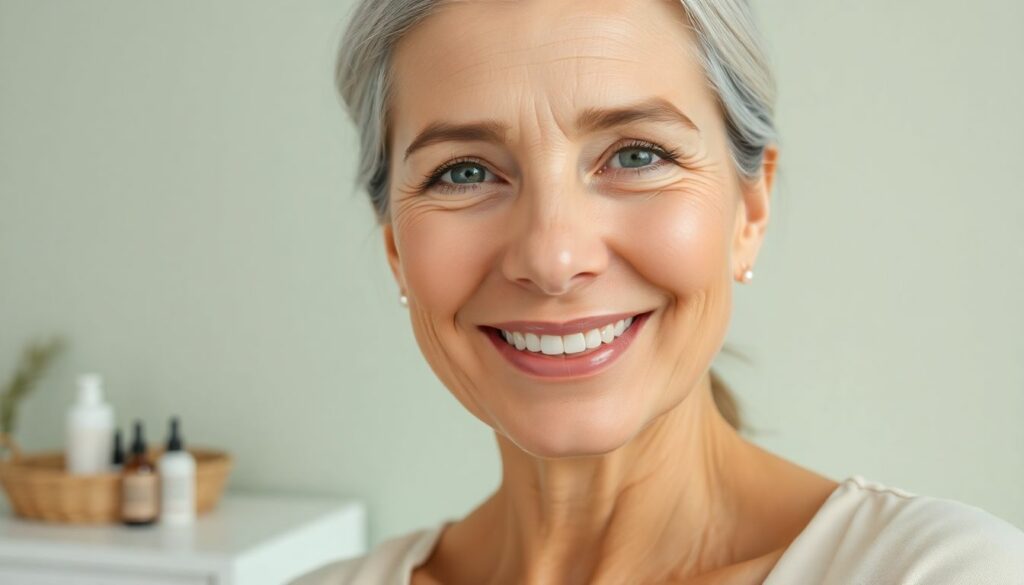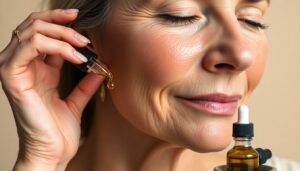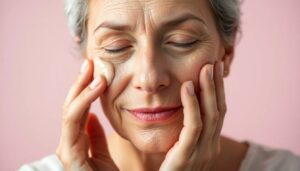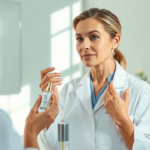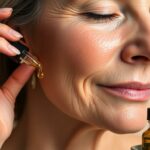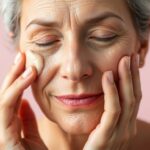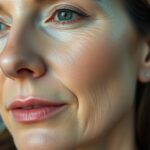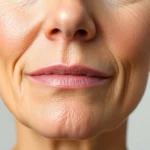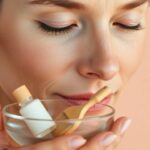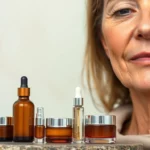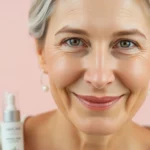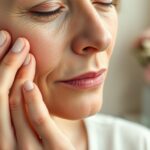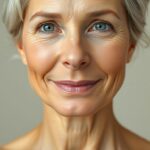Who doesn’t want to keep that youthful glow? As the years march on, our skin changes too, developing wrinkles and spots and losing its springiness. Luckily, you can take charge! Having a skincare routine well start is where you make a huge difference. Now you are going learn teh fundamental course of tips to help your skin stay seekings its best. These facial treatments are your new secret weapon in the war on aging.
Why Does Our Skin Age? An Exploration of Skin Biology
So what exactly is going on as our skin matures? It’s more than birthdays piling up. Inside, things are shifting. The process is biological, spurred by forces in the heart, mind and the world. This leads to changes that we see over time in the mirror.
Intrinsic and Extrinsic Aging Factors
There are two primary types of aging: intrinsic and extrinsic. Intrinsic aging is just the natural wear and tear, courtesy of our genes and hormones. Extrinsic aging? That’s because of the world around us.
Intrinsic aging is based on our DNA. Our genes play a part. As we age, our hormones shift. Less collagen gets produced. Extrinsic aging has to do with sun, pollution, smoking and even what we eat. These factors accelerate the aging process.
Collagen & Elastin — What Is Their Role?
Collagen and elastin act like the skin’s support network. Collagen is what makes our skin strong and firm. Elastin keeps it springy. This production declines as we age. This means wrinkles form. Skin begins to sag a little.
Consider collagen to be the scaffolding holding a building up. Elastin is sort of the rubber bands that allows it to stretch and recoil.” If and when these break down, the infrastructure falters. This is what our skin goes through!
The most common skin concerns related to age
There are a few common concerns with aging skin. Here are a few worth noting:
Fine lines and wrinkles begin to set in.
Age spots and darker areas (hyperpigmentation) appear.
Well, skin becomes drier and moisture evaporates.
It does not retain its firmness and therefore feels less elastic.
Skin tone becomes uneven, so does texture.
The Step-by-Step Process of an Anti-Aging Facial Regimen
An effective anti-aging routine includes a few key steps. These help to protect, repair, and refresh your skin. They’re the building blocks of healthy, youthful skin.
Cleansing: Light Yet Efficient
Cleansing is essential, but being mild is crucial! Strong cleansers can take the skin off your face. They strip essential oils and dehydrate it. A cream-based, hydrating cleanser is a better choice.
Choose cleansers that are gentle or made for sensitive skin. These won’t irritate. Steer clear of anything strongly scented or with sulfates. These can be too harsh. Cleanse twice a day.
Exfoliation: The Secret to Glowing Skin
Exfoliate: This removes dead skin cells. This exposes younger, brighter skin underneath. There are two general methods of exfoliation. “We can use physical or chemical exfoliants.
Physical exfoliants are the grain-y scrubs. Use them gently! Don’t scrub so hard that you’re irritating your skin. Chemical exfoliants utilize acids such as AHAs and BHAs. These exfoliate dead skin cells. They can help with wrinkles and spots, too.
Targeted Solutions: Serums and Actives
Serums and actives are high-powered tools. They help resolve individual issues. Choose serums containing active ingredients such as retinoids, vitamin C, peptides and hyaluronic acid.
Retinoids increase collagen production and accelerate cell turnover. Vitamin C protects skin against damage and brightens it. Parabens promote collagen production. Hyaluronic acid attracts moisture to the skin, maintaining hydration levels.
The New Science of Preventing Sunburn and Skin Cancer
Prevention is as important as treatment. Sun protection and smart choices can have a big impact. These can help shield your skin from damage and slow the effects of aging.
Sunscreen: Your Best Defense Against the Sun
Wear sunscreen, every day, all right? Even when it is cloudy, the sun cannot filter out its rays which can harm your skin. Use broad-spectrum sunscreen SPF 30 or higher.
Broad-spectrum means it shields you from UVA and UVB rays.” You can opt for mineral or chemical sunscreens. Mineral sunscreens contain either zinc oxide or titanium dioxide. Chemical sunscreens are those that absorb UV rays.
Hydration: Inside and Out
To keep skin plump and healthy, hydration. Stay hydrated during the day. Apply moisture-rich creams to your face and body.
In high concentrations, hyaluronic acid and ceramides can amplify hydration. They attract moisture to the skin and assist in keeping it there. Moisturize when your skin doesn’t feel dry!
Diet and Lifestyle: Feeding your skin
Your skin is affected by your diet and lifestyle. A diet high in antioxidants, vitamins and healthy fats is helpful. Making sure to get enough sleep and keep stress in check is also critical.
Eat a wide variety of fruits and vegetables. They are nutrient-dense. Good fats, such as the type found in avocados and nuts, are helpful. Get 7–8 hours of sleep every night. Seek out ways to relieve that stress, such as working out or meditating.
Your Personalized Anti-Aging Routine
Everyone’s skin is different. Customize your routine to your individual needs and concerns. Then, you get the best results.
Knowing Your Skin Type and Concerns
Identify your skin type: dry, oily, combination or sensitive. Think about your skin problems: wrinkles, spots, dryness, and so on. You can use this information to select the appropriate products.
Extra hydration is essential for dry skin. Lighter products work better on oily skin. This skin type needs a little of both worlds. Gentle, fragrance-free options are a must for sensitive skin.
Layering Products Effectively
Use skin care in the correct order. As a rule, go from thinnest to thickest. It helps them to do the right absorption.
Begin with cleanser, then toner (if you use one). Apply the serums next, and then moisturizer. Add sunscreen on top during the day.
Testing New Products — Patch Testing
Be sure to patch test new products. This avoids irritation. Use a little on a small section, such as your inner arm. Wait 24–48 hours to see if you react.
Focus on launching one new product at a time. This enables you to determine where the problem is if you have one. Refrain from altering everything in your routine in one motion.
Advanced Treatments: When to Get Professional Help
At times, just a home routine doesn’t suffice. For an added boost for your skin, professional treatments can help. When to think about seeing a dermatologist
What Are Your In-Office Procedure Options?
There are several in-office treatments that are available. Chemical peels, microdermabrasion, laser resurfacing and microneedling. Fillers and Botox are also popular.
Deep exfoliation is performed via chemical peels. Microdermabrasion sloughs away dead skin. Laser resurfacing can help temporarily reduce wrinkles and spots. It stimulates collagen production, and is truly non-invasive. Fillers plump things up, Botox relaxes muscles.
Seeing a Dermatologist or an Esthetician
A dermatologist or esthetician could offer custom advice. They can assess your skin. They will work with you to develop a treatment plan. Having the professional opinion can be priceless.” They help you receive the right care.
Conclusion
This makes building a top-tier facial regime for aging skin achievable. It’s about more than using fancy products. It’s about knowing your skin, finding the right ingredients, and maintaining your routine. Skin that can stand the test of time if done right. (Sunscreen) Remember to protect your skin from the sun and customize this regimen to what works best for you. So start constructing your own tailored regimen today!
